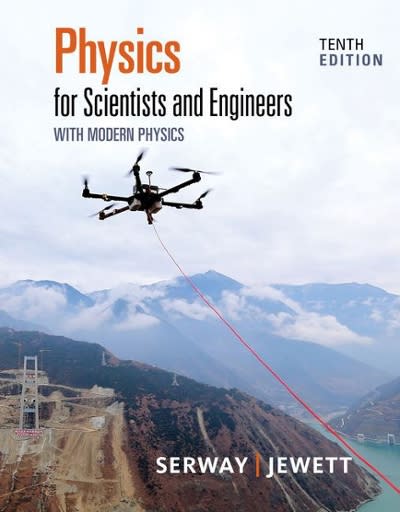
Hi I need help on what is the answer to this problems? Below is the question and other concerns will be in the comment section. I hope you can help me and surely I will give you full positive feedback
.
Circle the letter of the correct answer. 1. Which of the following best describes a normal distribution! 4. The scores are dewed to the right b. The mean, the median, and the mode are equal. 6 The scores are skewed to the left. d. The sores are concentrated more of one end or the other end. 1. About how many percent of the distribution lies between 2 units standard deviations from the meant 99.7+ d. The answer cannot be determined because of insufficient data. 3. Which of the following is NOT true shout normal distribution i. The mean, median, and mode are equal. b. The mean is zero and the standard deviation is one. c. It Is symmetrical shout the mean value. d. The standard deviation does not affect the height of the normal curve. Which of the following is a characteristic of a normal distribution . The mean, median, and mode are not necemary equal b. The mean is not the center of the distribution. c. It is symmetrical about the mean value. d. The standard deviation does not affect the shape of the normal curve. 5. The standard deviation of a standard normal distribution is a. C. 2 d. 3 6. The mean value of the standard normal distribution is b. I C. 2 d. 5. 7. Sixty-eight percent of the scores under the normal curve lies between how many standard deviations from the man) a. alsd b. +2 ad c. ead d. adad Ninety five percent of the scores under the normal curve lies between how many standard deviations from the mean! a. aled b. 12 ed d. 4ed9. Ninety-nine point seven percent of the scores under the normal curve lies berween how many standard deviation from the mean? b 12 ed d. road 10. Which of the following DOES NOT belong to the group! Height of Grade 1 1 students e IQ of Grade 11 students b. Weight of Grade 11 students d. Number of oranges in a basket 1 1. Which of the following is an example of a normal random variable! 1Q of Grade 1 1 students C. Bad eggs in a tray b. Number of oranges in a basket d. Number of red marbles in a jar 12. Which of the following statements best describes a standard normal distribution with the largest standard deviation? a. The larger the standard deviation, the closer the scores to the mean. b. The larger the standard deviation, the more the scores spreads out to the mean c. The larger the standard deviation, the lesser the scores spreads out to the mean. d. The larger the standard deviation, the taller the height of the normal curve. 13. Which of the following statements best describes a standard normal distribution with the smallest standard deviation? The smaller the standard deviation, the closer the scores to the mean. The smaller the standard deviation, the more the scores spreads out to the mean. c. The smaller the standard deviation, the lesser the scores clusters to the mcan. d. The smaller the standard deviation, the shorter the height of the normal curve. 14. Which of the standard deviations will have the narrowest curve! a. gal bo-2 d. o -4 15. Which of the following best describes the widest standard normal distribution? b. o-2 d. on4









